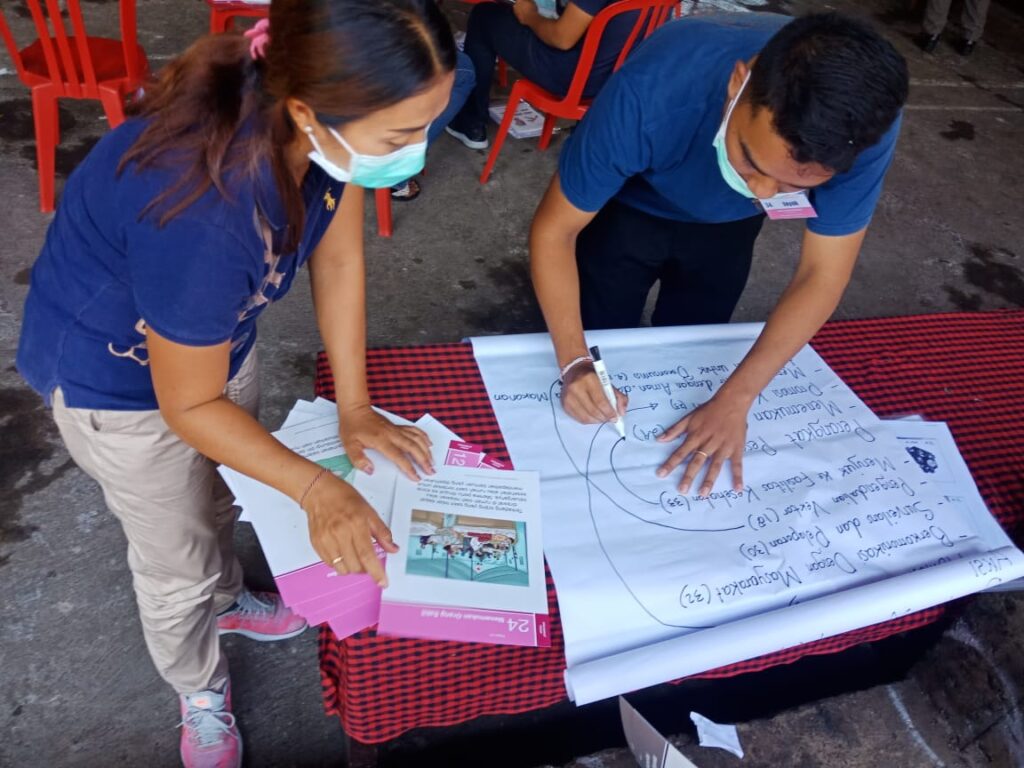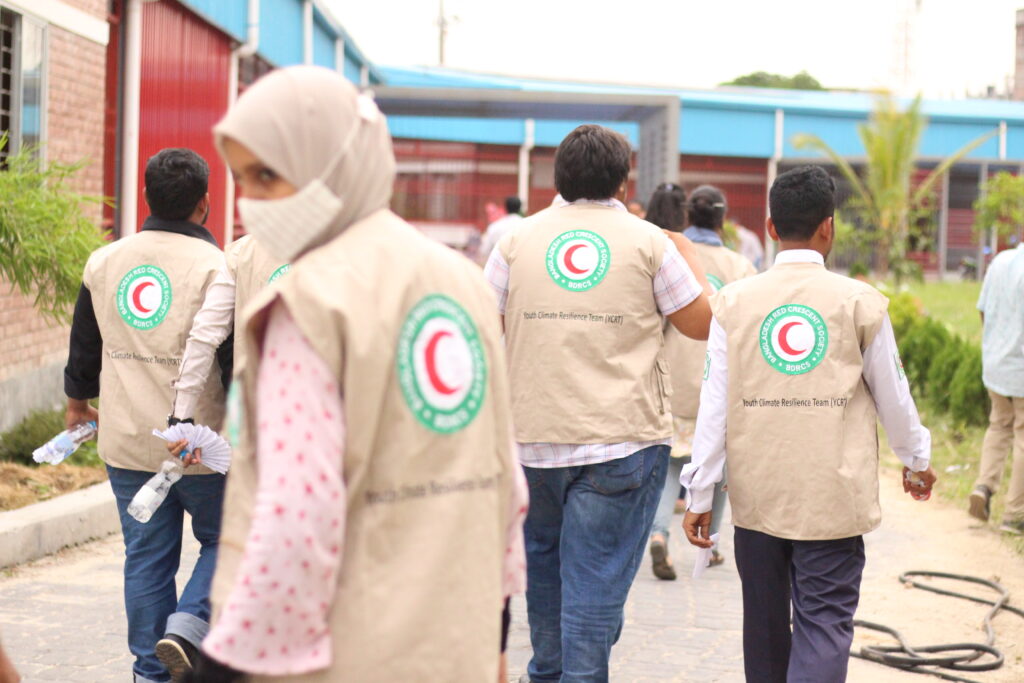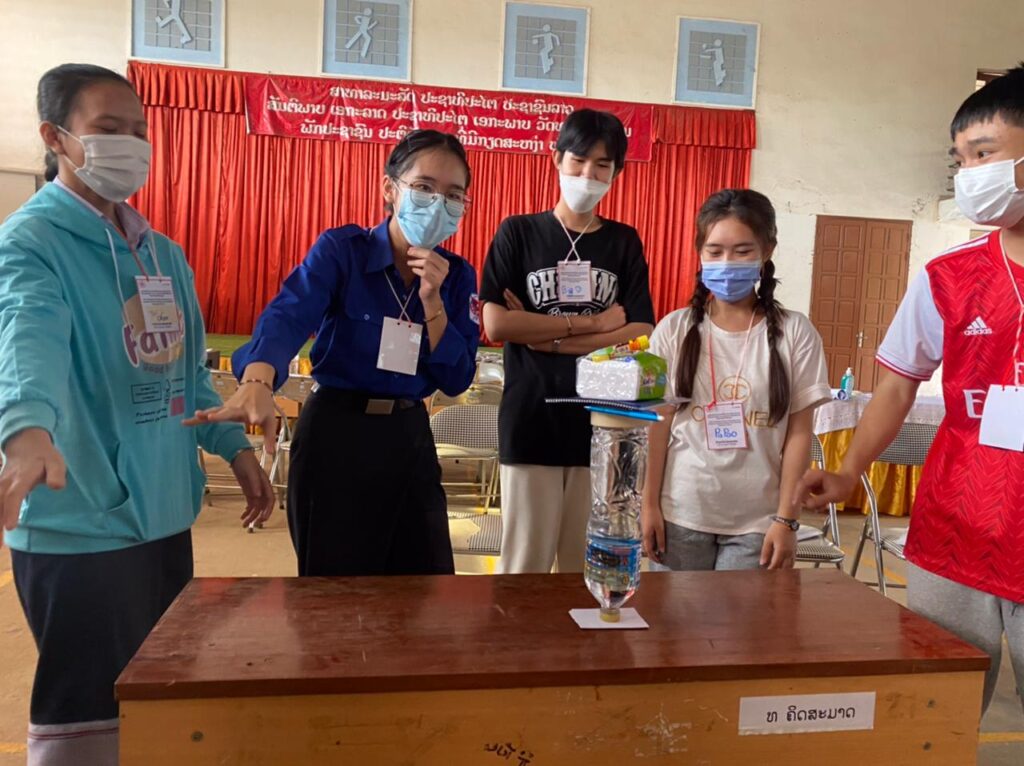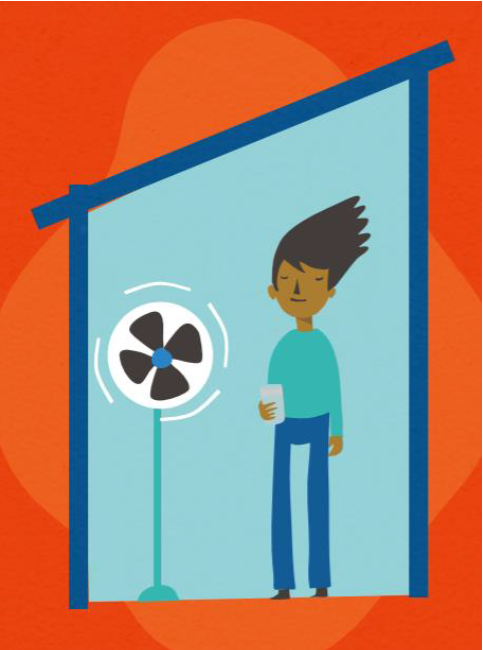Adapting to the impacts of extreme heat in Bangladesh’s labour force
The health and productivity of the workforce in Bangladesh is under increasing threat in a warming world. In this commentary, Lucia Letsch, Shouro Dasgupta and Elizabeth Robinson consider how policymakers can ensure workers are protected from extreme heat while pursuing sustainable development pathways. Climate change is already inflicting harm on the labour force in many […]
Adapting to the impacts of extreme heat in Bangladesh’s labour force Read More »






